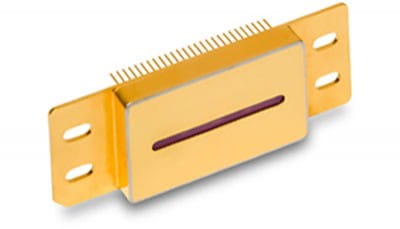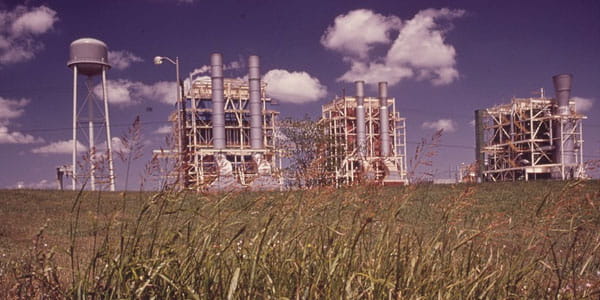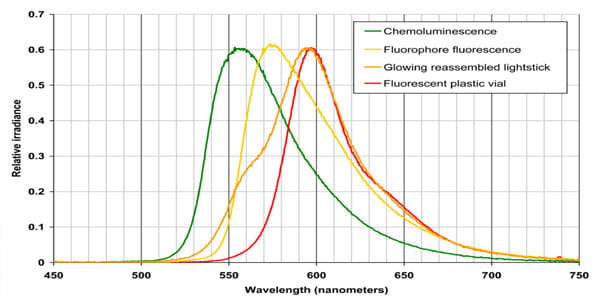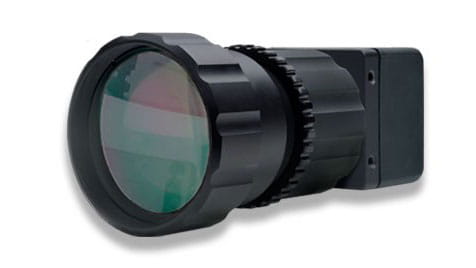
Near infrared (NIR) spectroscopy has found many uses in controlling chemical processes, including both transmissive and reflective techniques. Although Fourier Transform Infrared (FTIR) systems have been in use for a longer period, the unique ability of near infrared spectroscopy, operating in the fiber optic compatible 700 nm to 2500 nm region, is to remotely monitor processes by using lenses or fiber optics to project and return light into a process stream for analysis. FTIR methods typically required removal of a process sample to a remote location for safe analysis. By using the NIR wavelength range and fiber optics to acquire absorption data remotely, the spectroscopy instrumentation, and its inherent ignition sources, can be located safely away from the process. Of greater importance, the ability to continuously monitor a process in real time allows tighter feedback control and lower process variation.
Near infrared spectroscopy methods are based on the absorption of light in the 700 nm to 2500 nm region. This absorption is a function of vibration of molecules and groups of molecules in the material under investigation. These vibrations arise from both the fundamental molecular vibrations in the mid wave infrared and also from the vibrational overtones that appear in the short wave infrared. In near infrared spectroscopy, diffraction gratings are used to spread the returned light from the process into its constituent wavelengths. This spectrum is directed onto a linear NIR photodetector array such as the Indium Gallium Arsenide (InGaAs) arrays from Sensors Unlimited. With this technique, the absorption or reflection of the constituent molecules and molecule groups will be seen as a recognizable series of peaks and valleys from which concentration levels can be derived.
The high sensitivity of Sensors Unlimited InGaAs detectors makes them ideal for this application and is the predominant array choice of the NIR spectroscopy industry.
Recommended product categories

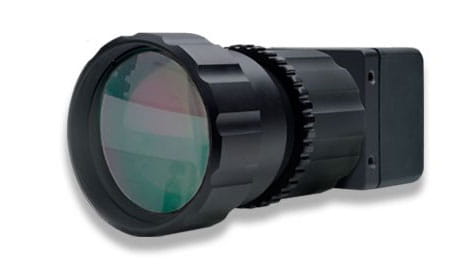
320CSX QVGA Camera
